- No.609, Centre Of Huijin Nanxiang, Yinxiang Road, Nanxiang Town, Jiading District, Shanghai, China
- sherry@sanmachines.com
- +86-18616767021
What type of welding machine laser should I choose?
In this article, we will take some time to explain the best way to choose a laser welding machine from four key perspectives, depending on the type of laser. Please refer to the following items after understanding the applications required by your company and the materials used.
1.Commonly used industries and materials
With numerous types of materials available, it’s crucial to consider your industry and the materials your company deals with when selecting a laser welder. Before making a decision, consider the laser welding machine’s ability to accurately and precisely handle a wide range of materials.
Suitable Materials | Industry | |
CO2 Laser | Nonferrous metals (aluminum, copper), steel, stainless steel | Automotive industry, aerospace industry, |
YAG Laser | Iron, stainless steel, titanium, alloy | Medical equipment manufacturing, electronic equipment manufacturing, |
Fiber Laser | Almost all metals (steel, stainless steel, aluminum, | Automotive industry, electronic equipment manufacturing, |
Disc Laser | Stainless steel, steel, titanium, non-ferrous metals | Aerospace industry, automotive industry, |
Semiconductor Laser | Light metals, thin sheet metals, plastics | Electronic equipment manufacturing, small parts manufacturing, |
2.Characteristics and Suitable Welding Applications
Depending on the welding method employed, the surface may show signs of burning. When selecting a laser welding machine, understanding your company’s performance needs is paramount. If you take time to properly examine the functional characteristics of the laser type to ensure it delivers the desired results, you will have made a good investment.
Functional features | Appropriate use | |
CO2 laser | High energy efficiency | Suitable for welding thick materials |
YAG laser | Compatible with various metals | High precision and fine welding |
Fiber laser | Excellent beam quality | Beautiful and precise welding possible |
Disc laser | High beam quality and power | High quality and uniform welding possible |
Semiconductor laser | Relatively low output | Suitable for fine parts and thin materials |
3.Ease of use and maintenance
When picking a laser welding machine, it is important to make a choice keeping in mind the ease of access and ability to maintain and handle the equipment at your factory or location. Let us take a look at a few prospective options.
Ease of use | Maintenance | |
CO2 Laser | Complex compared to others | Cleaning and adjusting optical components |
YAG Laser | Simple compared to others | Regular replacement of lamps |
Fiber laser | Relatively easy and intuitive operation | Almost maintenance free |
Disc Laser | Requires more advanced operation than others | Regular cleaning and adjustment of optical components |
Semiconductor Laser | Often small and easy to operate | Low Maintenance |
4.Production Efficiency
Production efficiency also varies depending on the type of laser. Choose a welding machine that will give you the maximum efficiency you are looking for, while considering whether it will integrate well with your existing systems.
Advantages in production efficiency | Disadvantages in production efficiency | |
CO2 Laser | Suitable for mass production | As large equipment is required, it takes time to install and set up. |
YAG Laser | Good efficiency for small-scale products | Maintenance such as lamp replacement takes time. |
Fiber Laser | Suitable for mass production as rapid welding is possible | May not be suitable for thick materials |
Disc Laser | Suitable for complex welding operations, | Setup requires specialized knowledge |
Semiconductor Laser | High efficiency for small-scale products | Not very suitable for mass production |


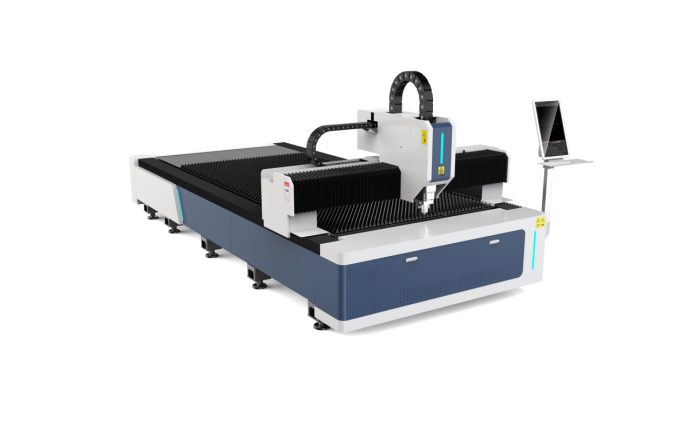
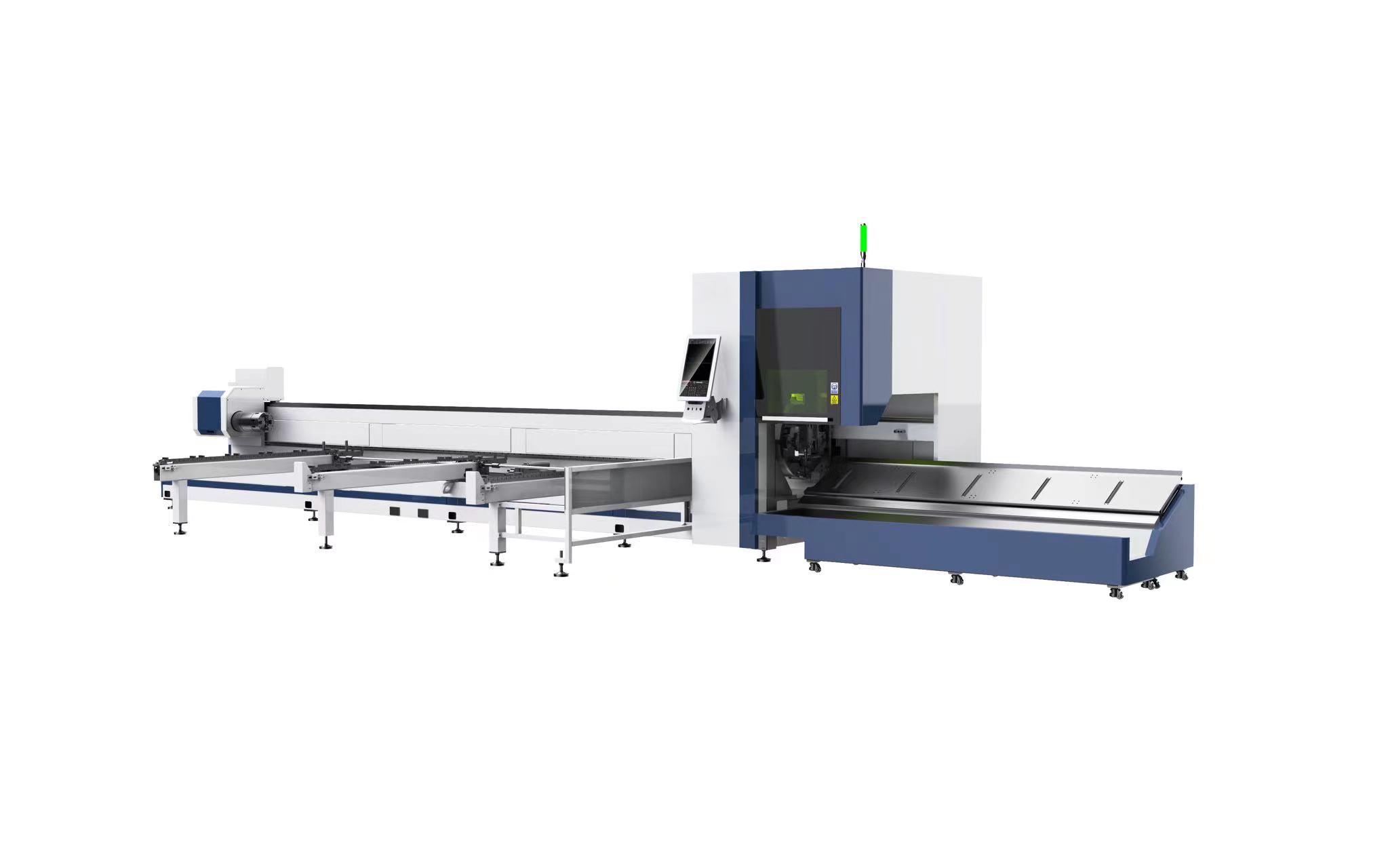
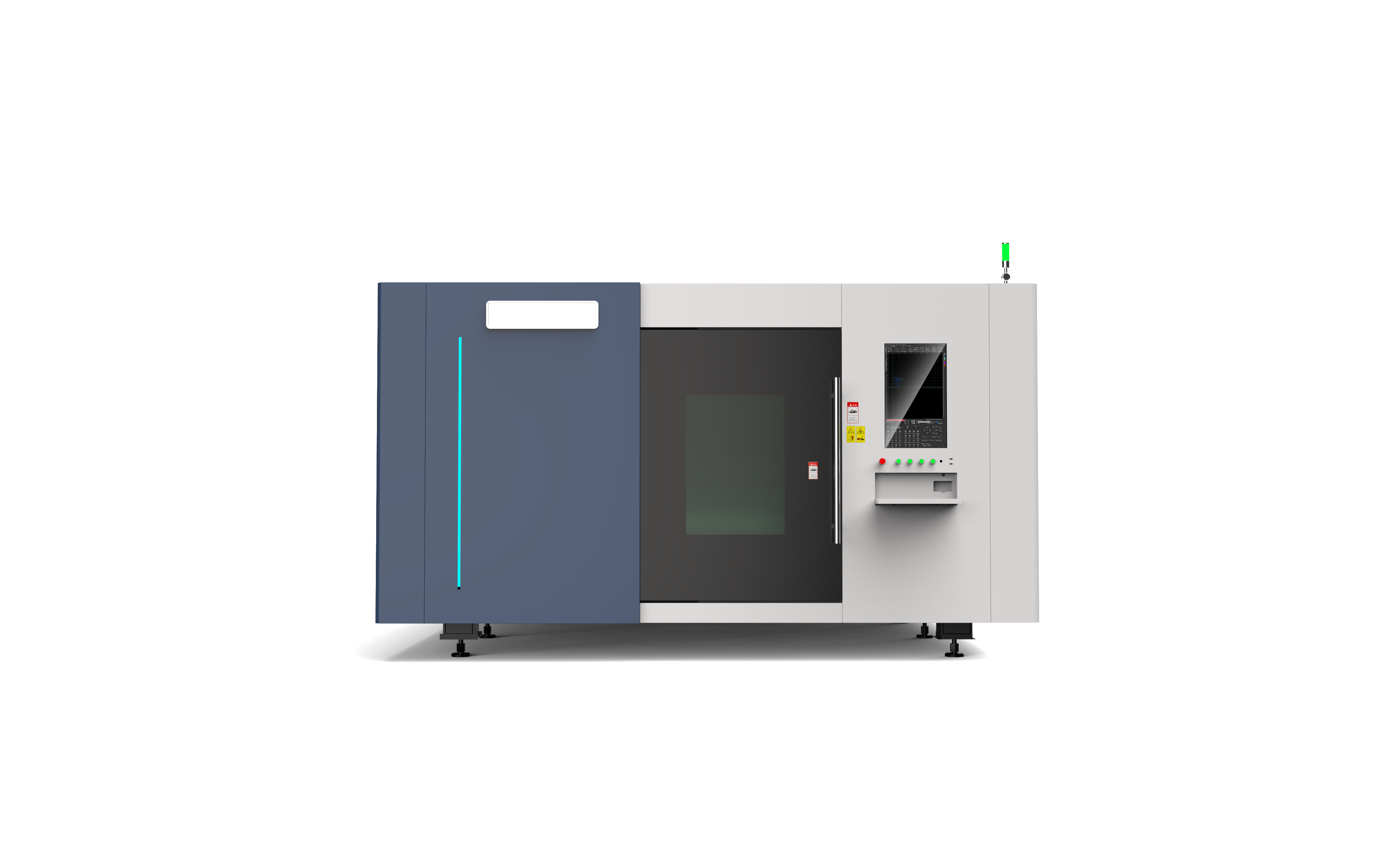

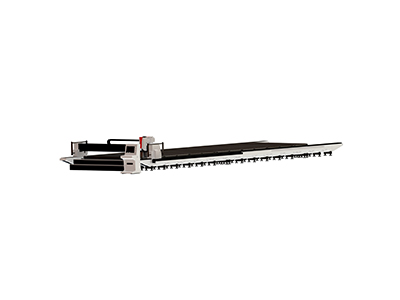
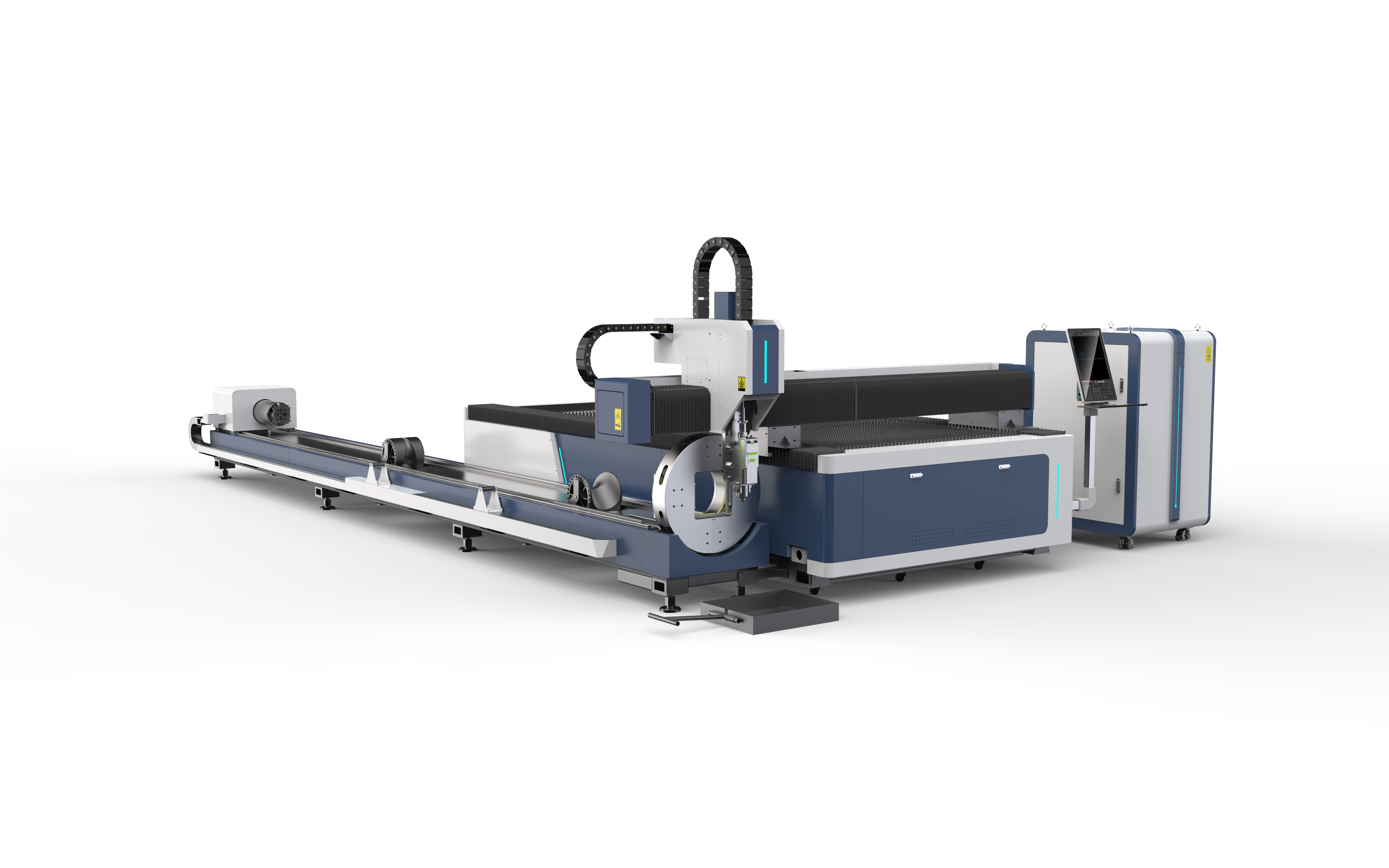
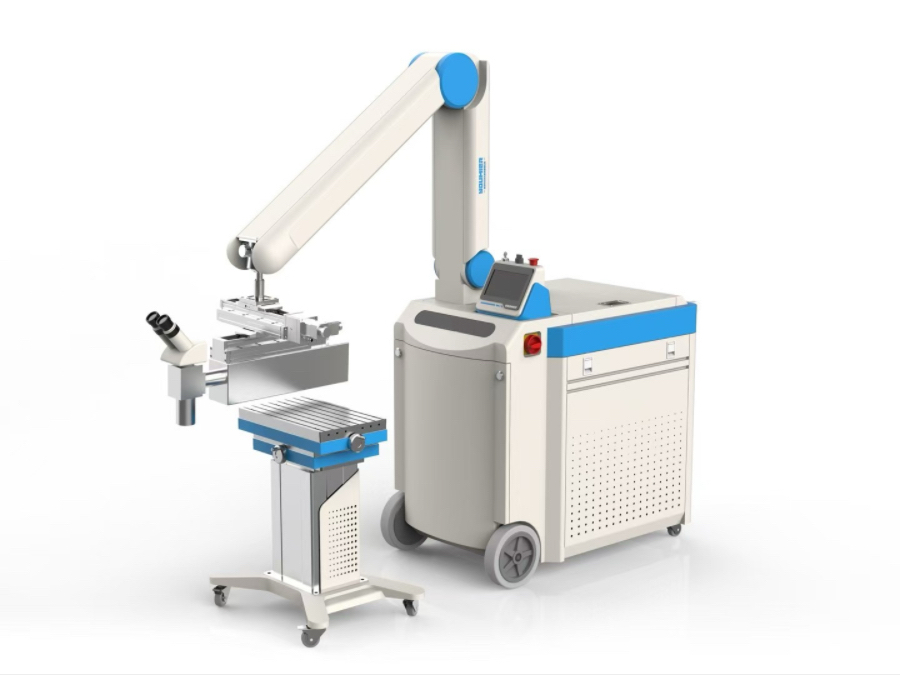
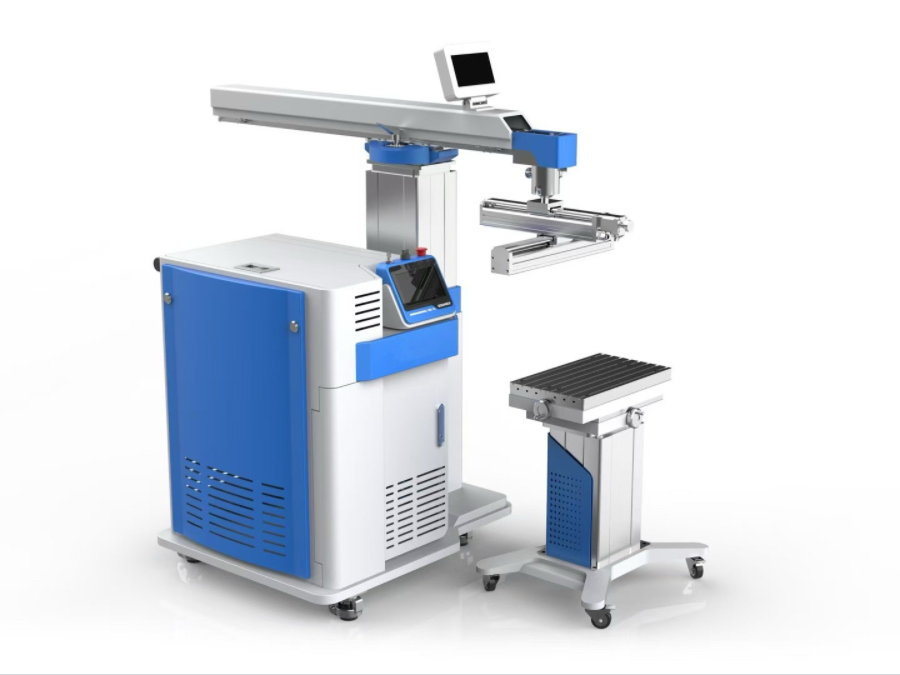
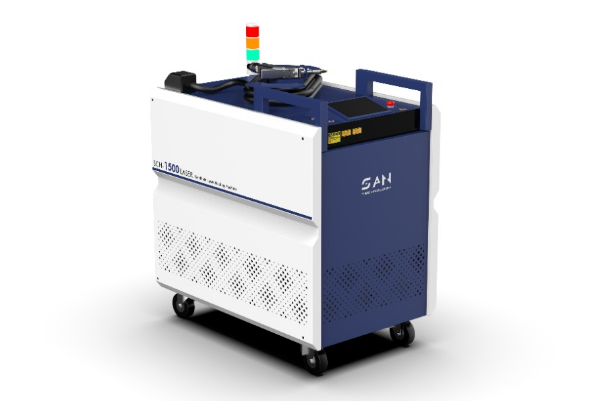
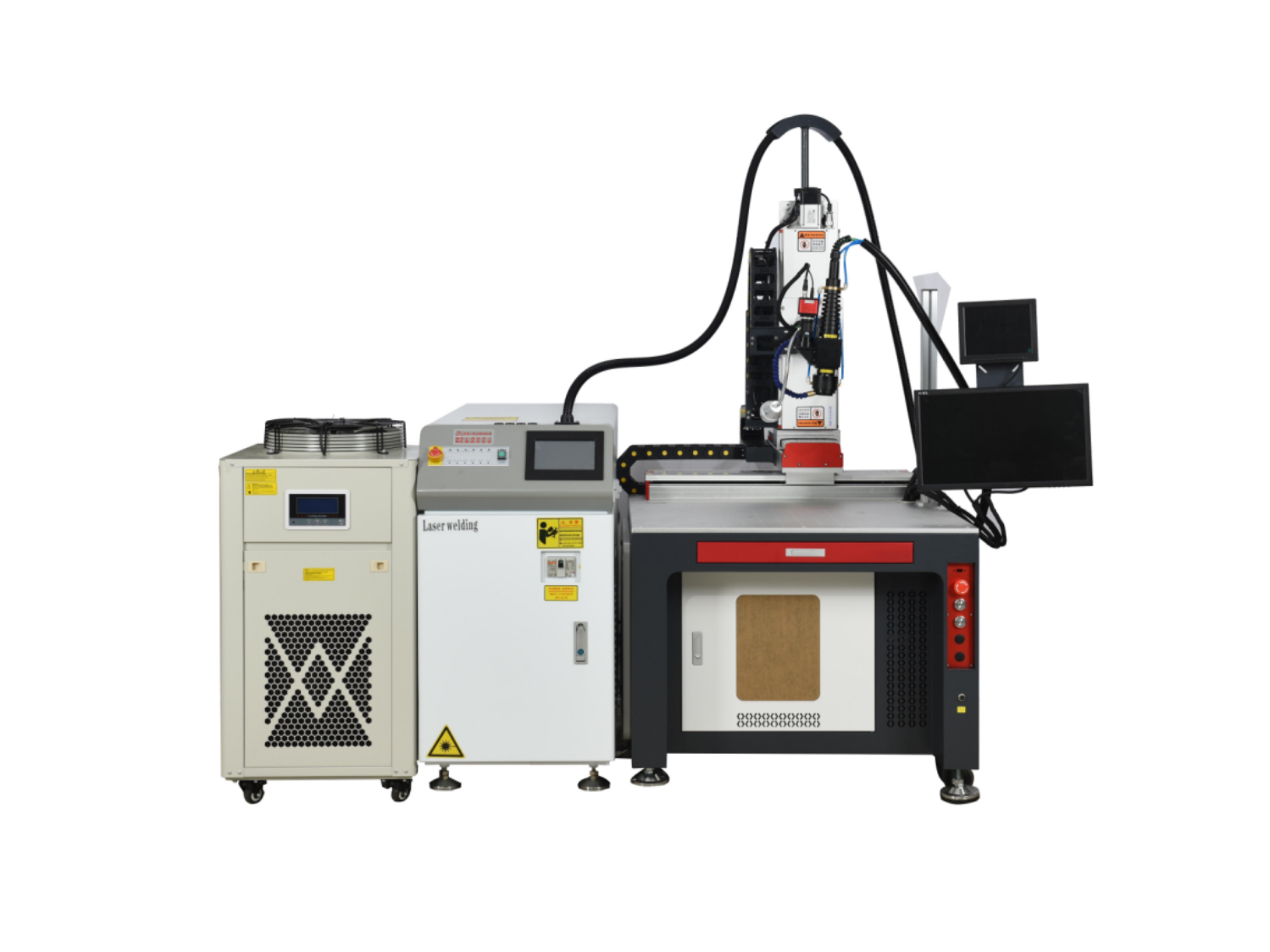
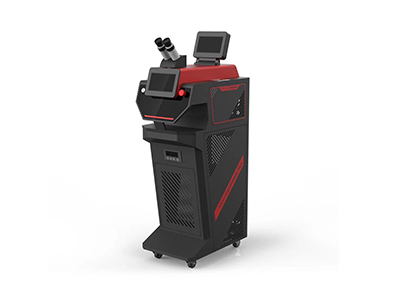
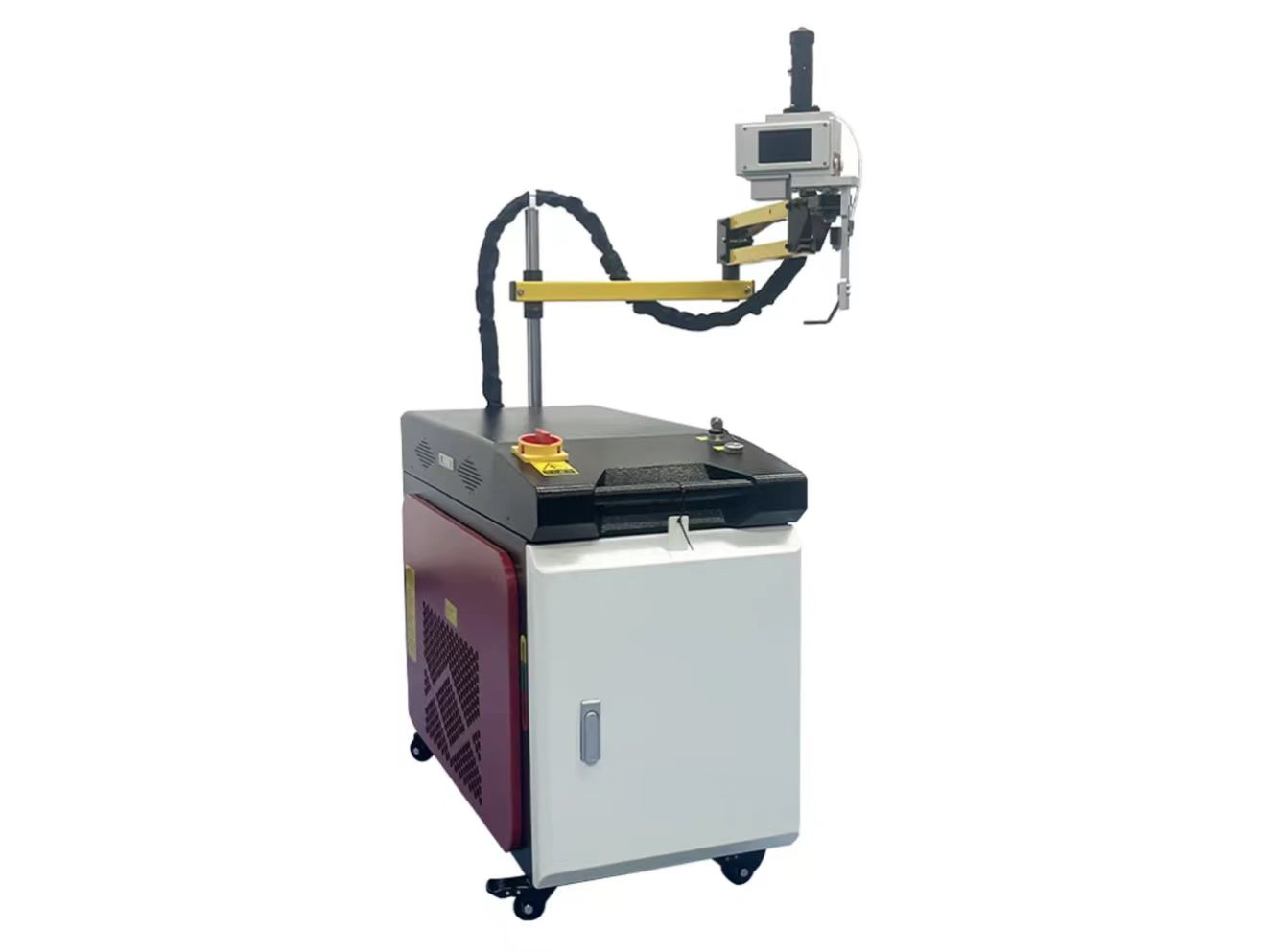
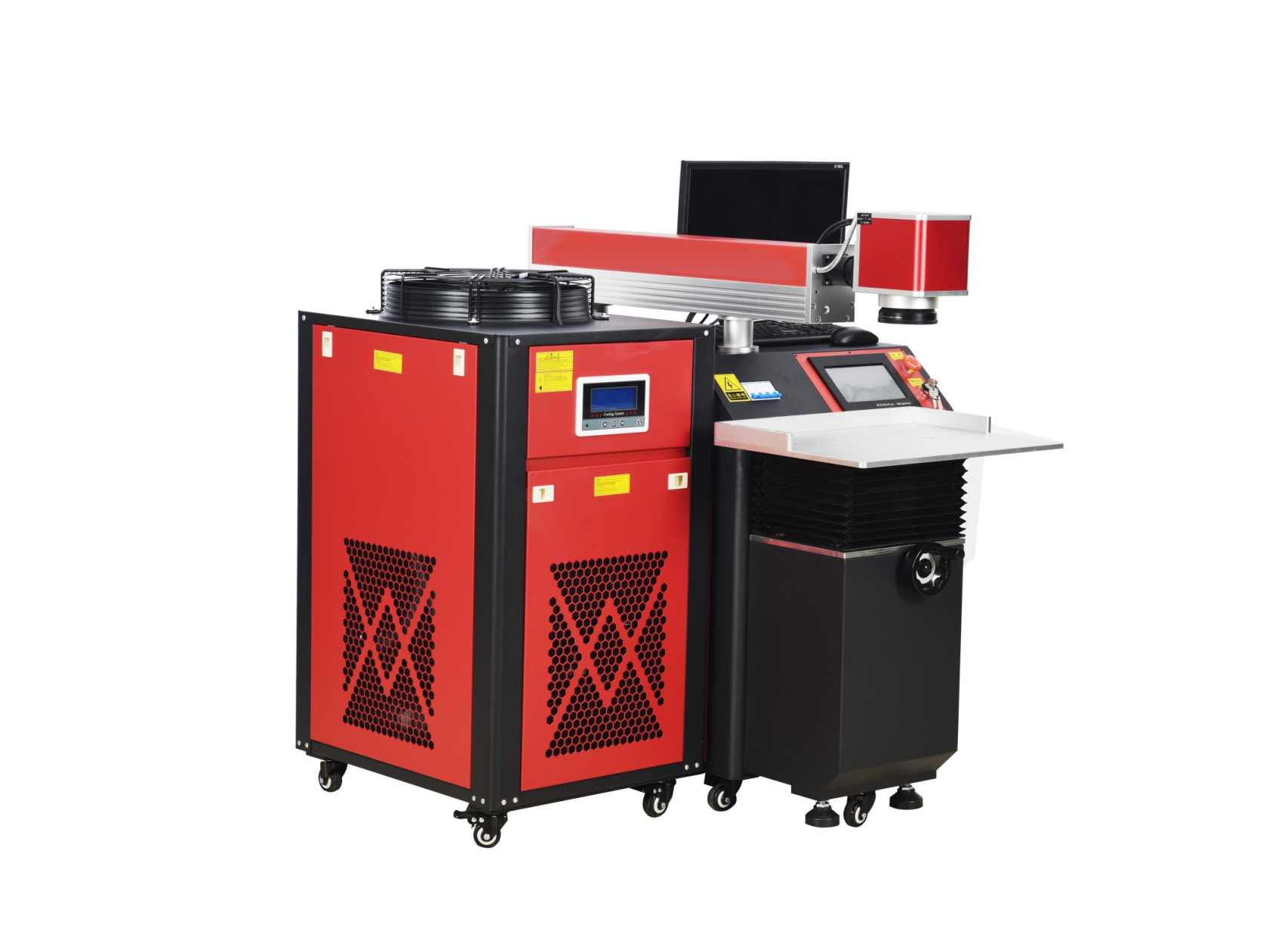
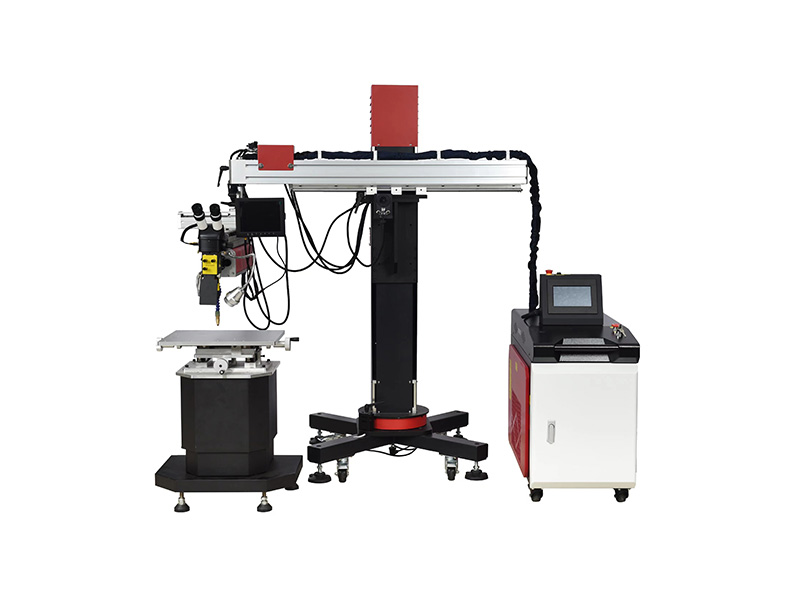
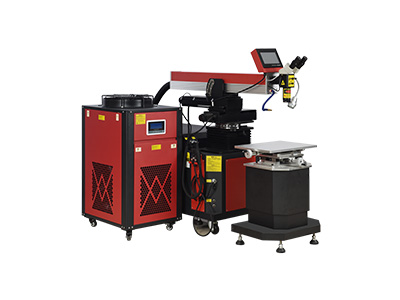

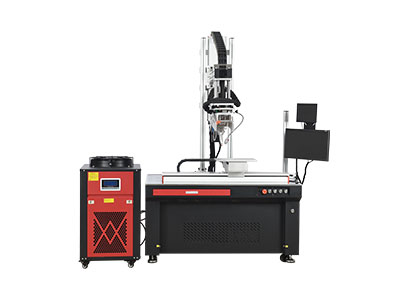
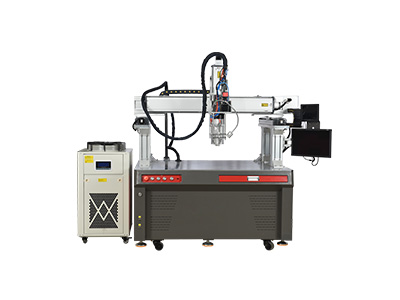
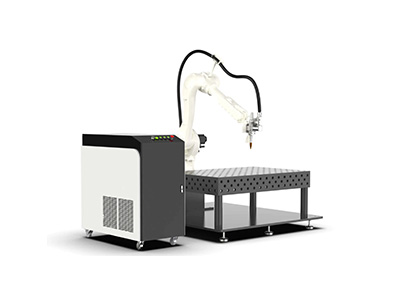
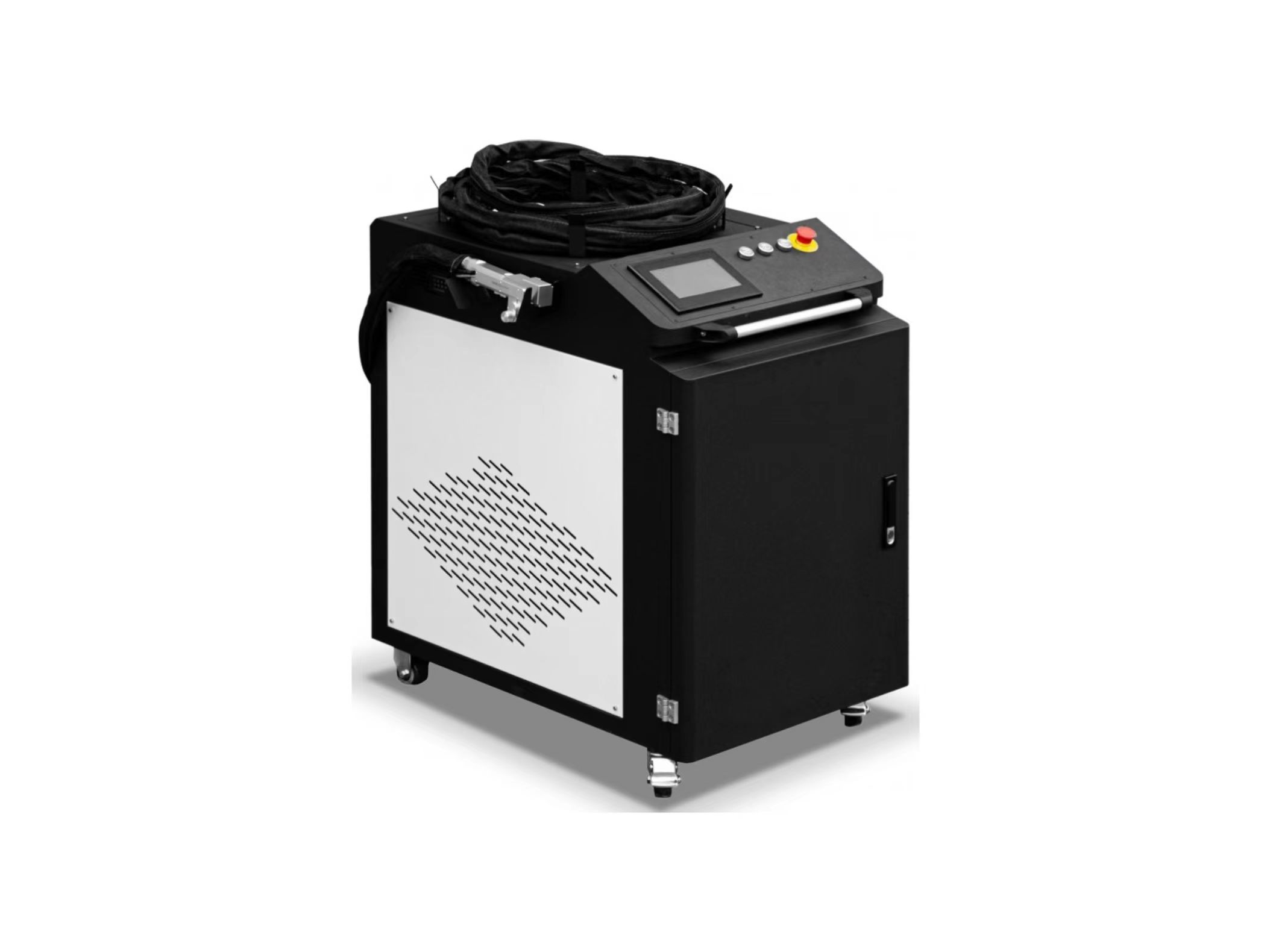
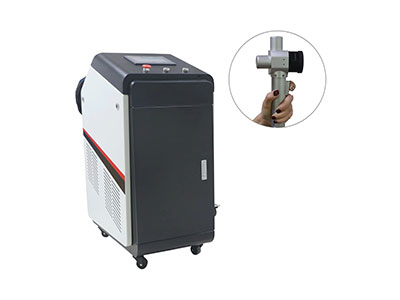
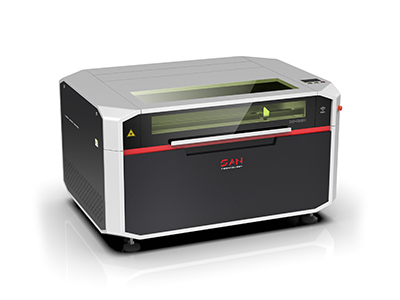
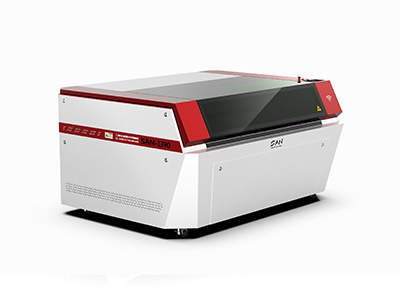
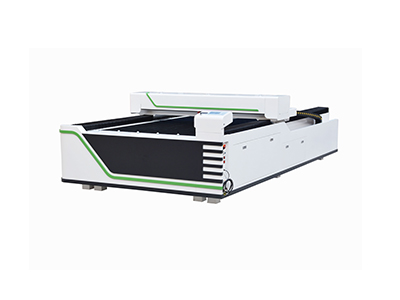
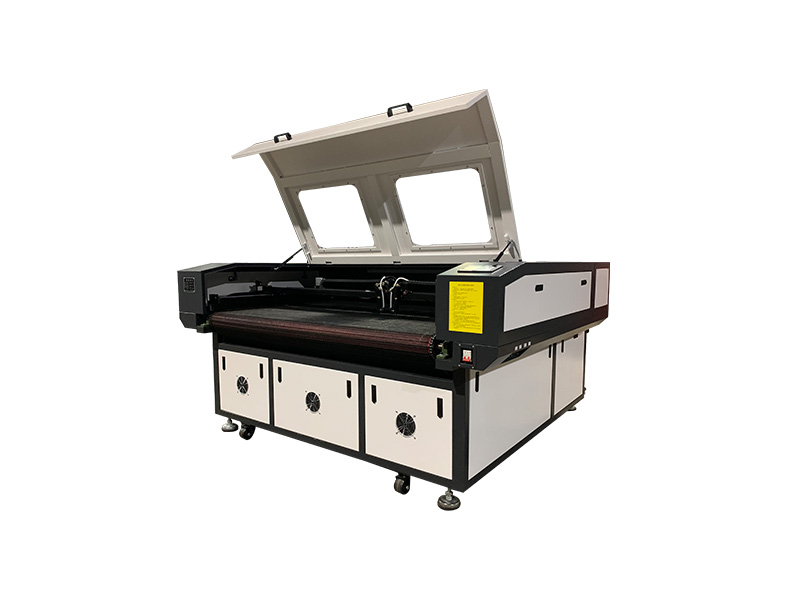
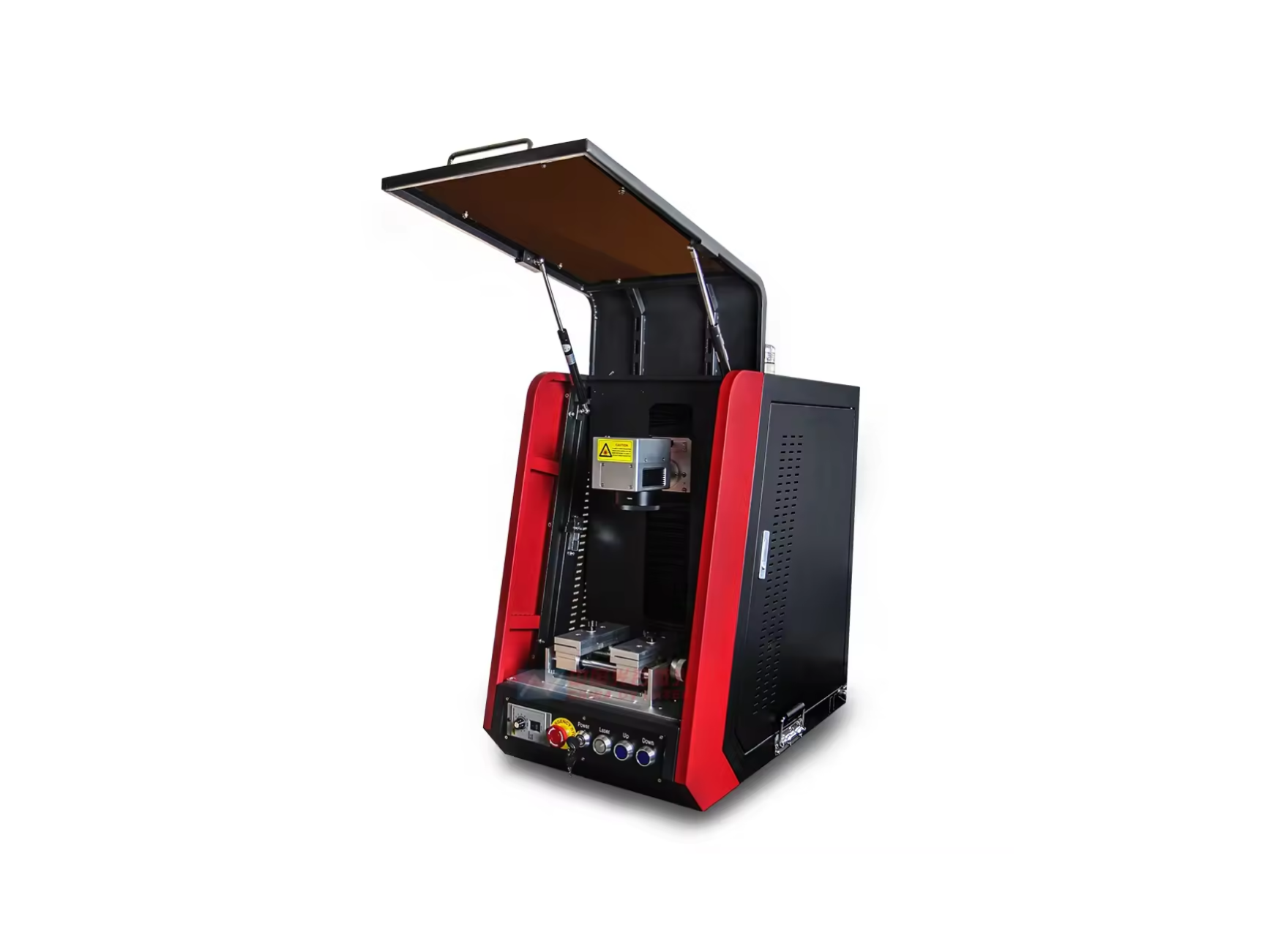
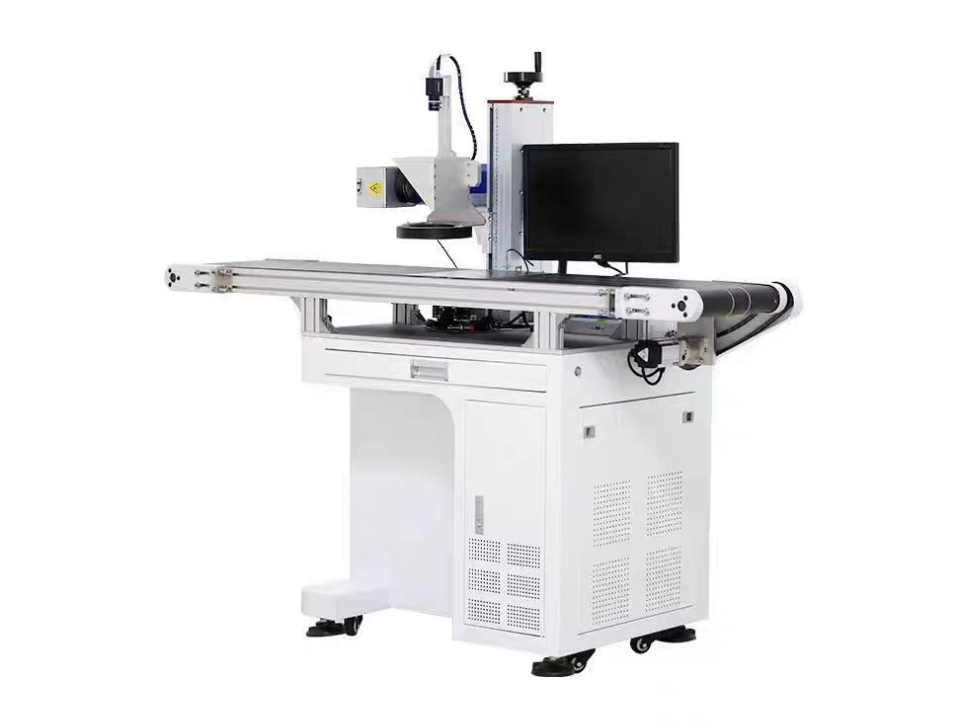
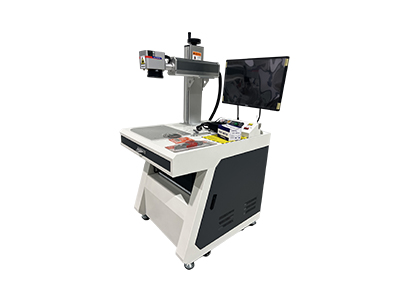
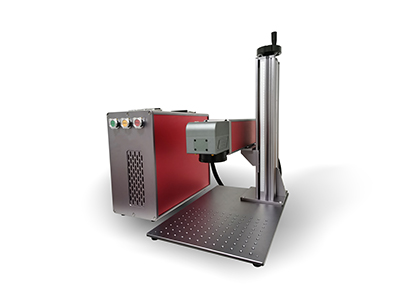
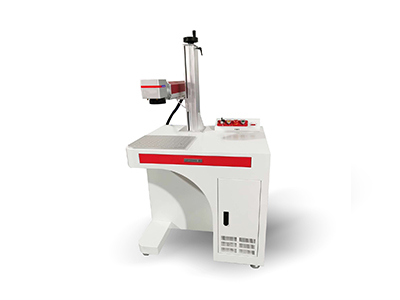
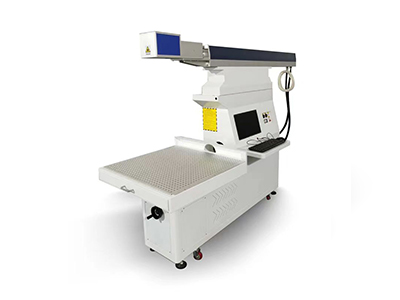
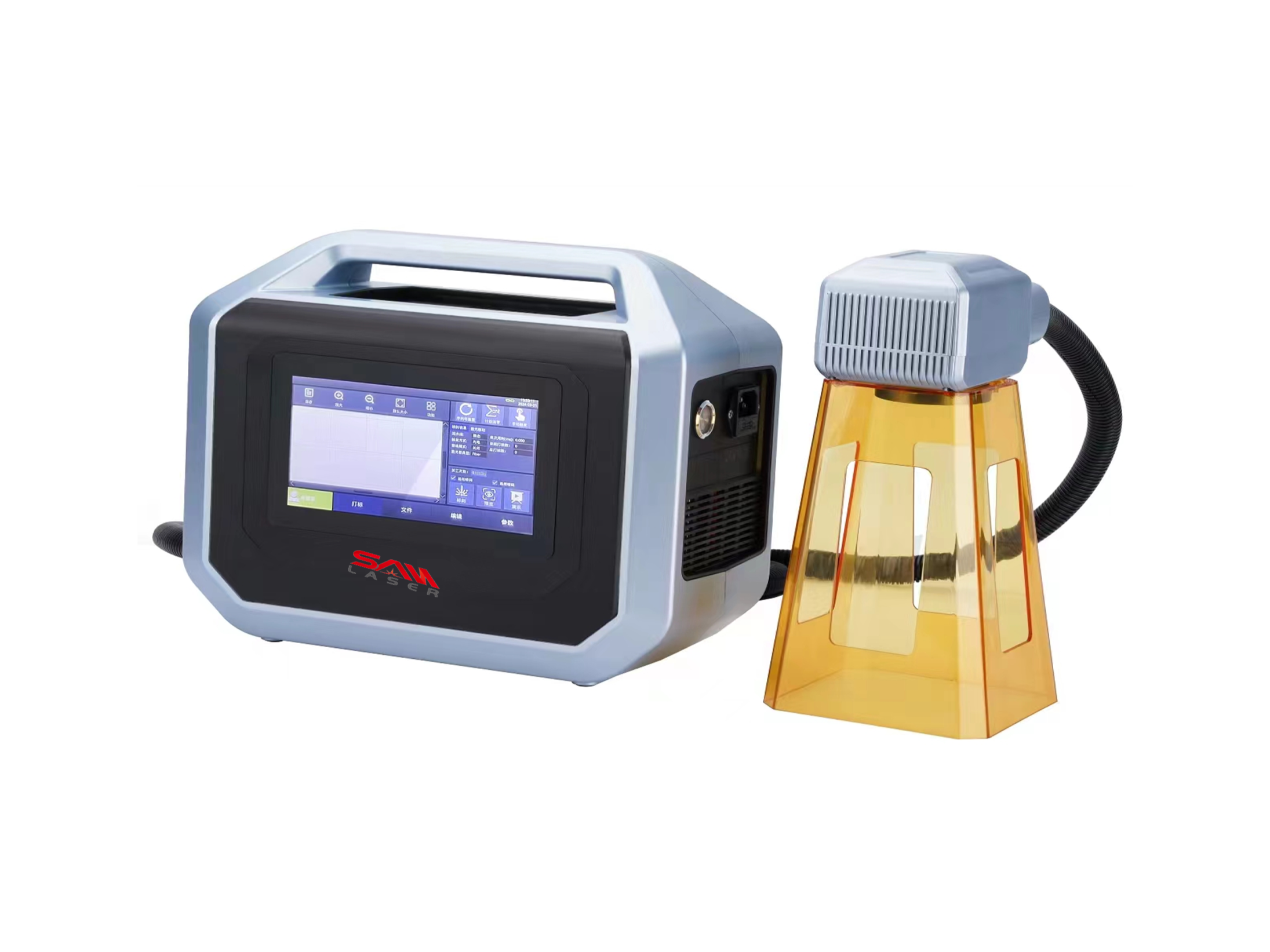
 Welder News
Welder News




